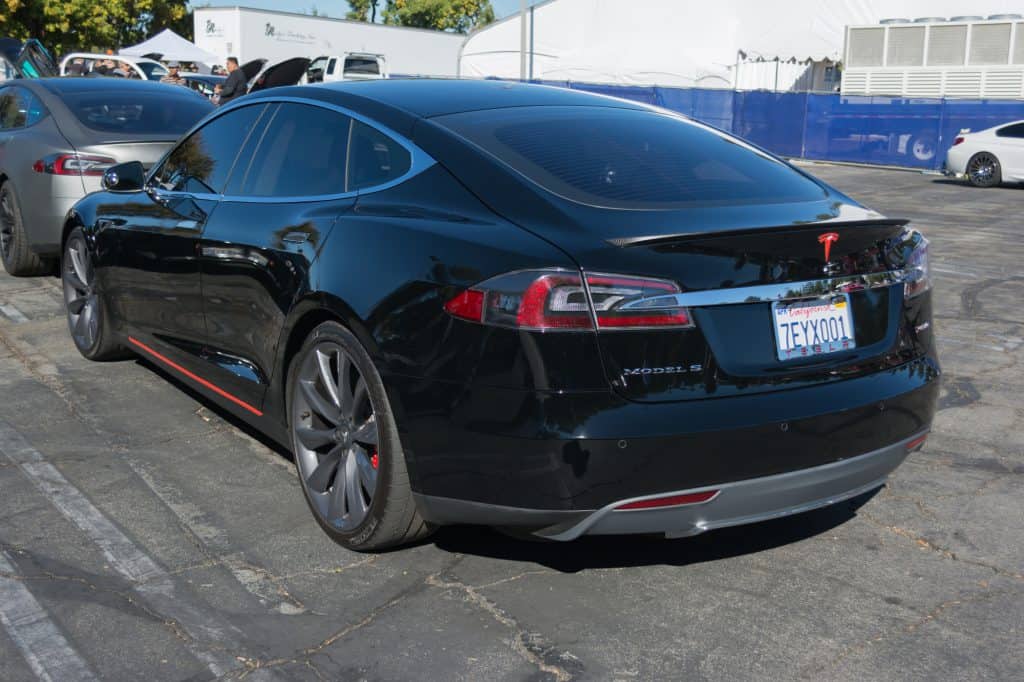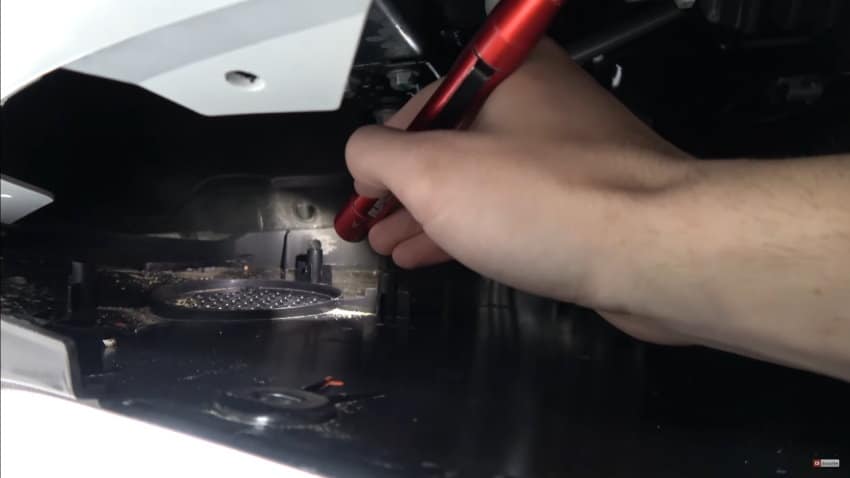In the world of electric cars, one of the more exciting areas of development has been in the concept of “one-pedal driving” or “single-pedal driving.” But what exactly does that refer to? Can you do it on a Tesla? If so, which models support one-pedal driving? These are the core questions we will be exploring in today’s blog piece.
What is One-Pedal Driving?

The concept of one-pedal driving is a notion in the electric vehicle sector that in regular driving situations, drivers can exclusively use the gas pedal while driving, and forgo the need to use the brake unless encountering an emergency braking situation.
The way it works is that a driver applies pressure to the gas pedal to move the car forward, but then when they want to brake, instead of pressing on the brake pedal they simply release the gas pedal and the car’s own electric motors begin a deceleration process using a force of 0.2G, which is roughly the equivalent of a light pressing of the brake pedal.
The vehicle thus slows, usually capturing some of the lost energy and sending it back to the EV battery for additional battery boost. The one-pedal system brings the car to a complete stop, at which point the hydraulic brakes are also activated automatically. This holds the car in place.
If a one-pedal system is used on a low-traction surface like snow or ice, then the hydraulic brakes are automatically used in conjunction with the standard one-pedal deceleration process. In all cases, the brake lights activate when this form of braking is used, thus warning drivers behind to slow down.
One-pedal driving was first introduced by Nissan in their flagship EV, the Leaf in 2010. It is known at Nissan as the e-Pedal. Tesla has also integrated the technology into their range.
Do Teslas Have One-Pedal Driving? If so, Which Teslas Support It?

Yes, Tesla does support one-pedal driving, but Tesla came late to the party. As late as 2019, when the Nissan Leaf had been using its e-Pedal for 9 years, Tesla’s founder Elon Musk and CFO Zach Kirkhorn mentioned in a discussion that a single-pedal driving feature was to arrive along with a November-December performance update for the Model S, Model 3 and model X.
One pedal driving is now a standard feature on Tesla models, bought from 2020, but can’t be retrofitted to older models. It requires the Raven build in order to function, which was only released in 2019. If you own a Tesla from the 2020 model year, you definitely have this feature, as do most from 2019 with the right update.
Regen Braking Setting Controversy: 2020
In late 2020, there were rumblings online about a controversial decision that Tesla made concerning changes to their one-pedal driving system and regenerative braking. In the new system introduced in 2019, Tesla drivers had the option of setting their regen braking to either “Standard” or “Low.” The latter only created a minor braking effect and would usually not bring the driver to a complete stop in time, therefore leaving the driver to continue using the brake.
When set to “Standard,” however, the system was much stronger and could bring the car to a complete stop, allowing for a truer one-pedal experience. In late 2020, however, Tesla quietly removed the “Low” setting, leaving only “Standard.” While this did ensure that the one-pedal driving experience could be more effective and pronounced in Tesla cars, it was not well received by drivers, many of whom were used to the “Low” setting and found the “Standard” setting too strong to use.
What are the Benefits of One-Pedal Driving?
The first benefit is found in the one-pedal system’s connection to regenerative braking. In your Tesla, for instance, you can potentially add a few crucial miles to your range by exclusively making use of the one-pedal system and regen braking.
A second benefit is that it takes pressure off of the hydraulic brakes. The natural result of not having to press on the brakes as much is that their lifespan will be extended, as will the lifespan of the brake pads. This can save you a lot of money in maintenance and repairs over the years.
Next, it makes driving a lot easier and more comfortable. Not having to jump from gas pedal to brake, back to gas pedal, back to brake, is far easier a driving experience than the regular way. This is felt very keenly in situations of heavy traffic where regular driving indeed becomes tiresome, and even more so if you also have a manual transmission. Furthermore, the one-pedal system creates a smoother braking force more evenly applied, which removes the jerky, uncomfortable sensation driver and passengers can feel when having accidentally stepped on the hydraulic brakes a little too hard.
Does Tesla’s One-Pedal System Have any Drawbacks?

Yes, one drawback that was spotted by caranddriver.com included the fact that on the Tesla Model 3, if the car’s charge was full, then the regenerative braking effect was reduced and thus the braking effect was weakened and the car wouldn’t always stop itself completely. This is a fairly serious drawback, in reality. It means that unlike Nissan Leaf’s ever-present e-Pedal feature, the Tesla feature is still contingent on the state of the regenerative braking system.
One further limitation is that one-pedal driving cannot yet adequately respond to emergency situations. As companies continue to improve the autonomous driving technology and ADAS features within their cars, it is reasonable to expect that within a few years perhaps one-pedal driving will be able to better account for emergency situations in which the driver has failed to act in applying the brakes. Indeed, some ADAS features that have pedestrian, cyclist and obstruction detection technology are able to know when the driver is unable to apply the brakes in time, and apply them automatically.
Finally, some might argue that one-pedal driving could in fact be more fatiguing than using the brake pedal because there is much less conscious effort. This can make the driving experience dull, and cause some to lose focus. When you have to at least focus on two pedals, your concentration is maintained more effectively. Automatic transmissions already took away one point of focus by making gear shifting unnecessary. If we take away the brake pedal, too, then it could be very risky for driver concentration overall.
Conclusion: Do Drivers Benefit from Tesla’s One-Pedal System?
Overall, it’s clear that there are huge gains to be made from using a one-pedal system in the Tesla. It seems, however, that Tesla remains somewhat behind EV rival Nissan and its Leaf car, with many claiming that the Leaf’s e-Pedal is more effective. Indeed, it has been in place for longer and had time to mature. For Tesla, the regen braking and one-pedal approach is still a relative novelty.
Overall, however, there’s no doubt that it will benefit drivers, and help to make EVs even easier to maintain than they already are compared to internal combustion engine vehicles.